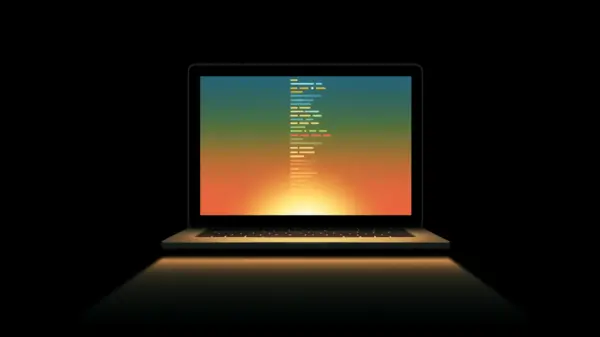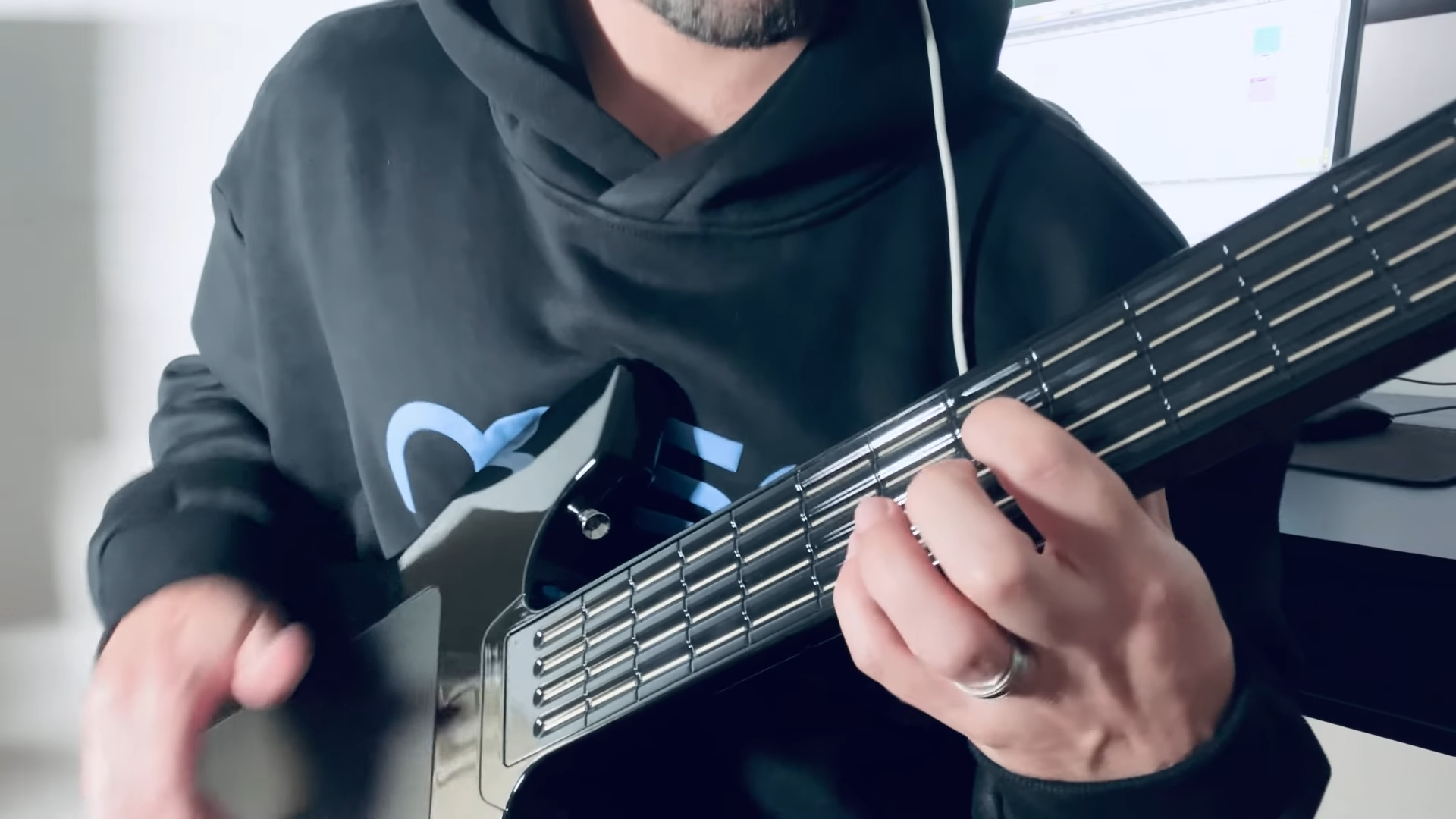A groundbreaking digital guitar has emerged that eliminates traditional strings and frets, offering musicians a modern approach to sound creation. Developed by inventor Michael, this innovative instrument features a sleek neck constructed from a custom printed circuit board (PCB), replacing the conventional design with advanced technology.
The guitar’s design incorporates gold pads that act as touch sensors, transmitting tone data via i2c protocol to an Amtel Mega 32u4 microcontroller. This unique setup allows for interactive play without the need for strumming, as a laptop-style touchpad takes the place of strings. Each user interaction is captured through capacitive touch sensors, which send X and Y coordinates along with pressure data to the processor, enabling a range of sound control options.
Revolutionary Features and Sound Control
The shift to a fully digital interface opens up extensive possibilities for sound manipulation. By utilizing MIDI, the guitar can control a wide array of synthesizers and software. While Michael demonstrates the guitar in a video, specific details about how the MIDI controls function remain unclear. For instance, it is evident that fretting determines note selection, but the exact nature of the touchpad’s commands—whether it simply triggers a “note start” or intelligently utilizes the X, Y, and pressure data—has not been explicitly addressed.
Additionally, inquiries about the manufacturing process for the guitar’s plastic body raise questions. Observers speculate whether the body is created through large resin printing, selective laser sintering (SLS), or if it is indeed injection-molded. While the body appears polished, suggesting a production model, the lack of clarity hints that further details could enhance understanding of this intriguing instrument.
Market Potential and Future Development
Despite the unanswered questions surrounding its functionality, the digital guitar has garnered attention for both its aesthetic appeal and sound quality. As of now, Michael appears to be marketing this innovative device, hinting at its potential for commercial success. Musicians looking for a fresh approach to performance may find the stringless design both appealing and creatively liberating.
In summary, Michael’s digital guitar signifies a notable evolution in musical instruments. While many aspects remain to be clarified, its introduction into the market represents a significant step toward integrating technology with traditional music-making. As this new wave of electronic instruments emerges, enthusiasts and creators alike are encouraged to share their experiences with innovative, hacked-together instruments.





































































